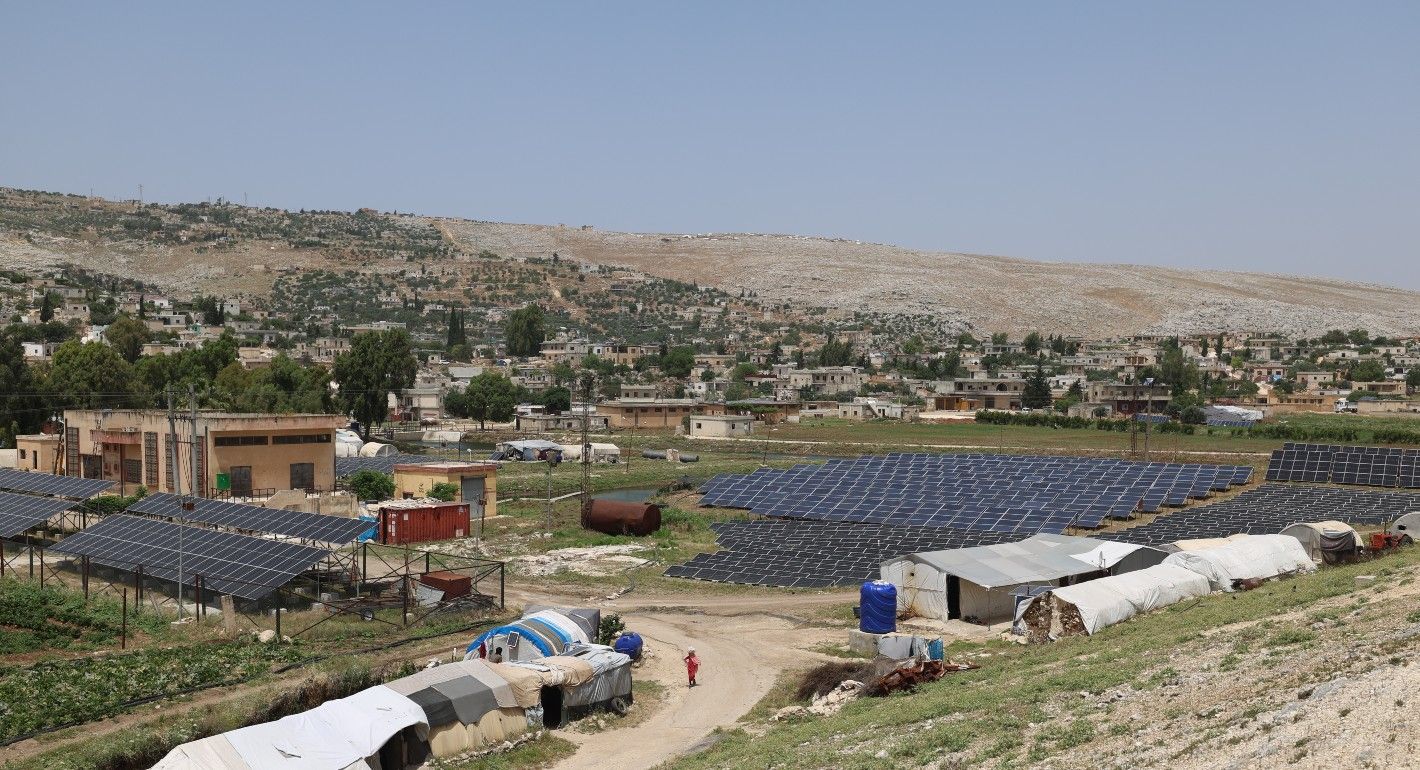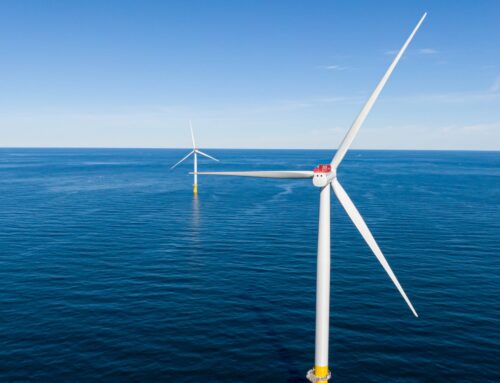Syria: Energy Transition Under Conflict Conditions
October 24, 2024

The devastation that years of violent war have inflicted on all aspects of Syria’s political and financial landscape cannot be overstated, and the economic impacts of the crisis continue to weigh heavily on the Syrian population. Deteriorating public services have become a major source of hardship, particularly with the escalating electricity crisis, given the importance of electricity for both the country’s economy and the daily lives of its people. Since the outbreak of the war in 2011, domestic electricity supply has significantly declined due to the destruction of numerous power plants and infrastructure, as well as the government’s inability to secure the fuel necessary to operate them.
In a recent interview, Syrian Minister of Electricity Ghassan al-Zamel detailed the extensive damage that the electricity sector has endured over the thirteen-year war, estimating direct losses at $40 billion and indirect losses exceeding $80 billion. The destruction of electrical infrastructure and transmission lines has incapacitated more than 50 percent of Syria’s electrical grid. Compounding the problem is the severe shortage of gas and fuel required to operate power plants. Al-Zamel highlighted that while the Ministry of Electricity needs 23 million cubic meters of gas daily, it receives only 6.5 million cubic meters. Similarly, only 4,500 tons of the 10,000 tons of fuel required per day are available. This shortage has drastically reduced electricity availability, limiting supply to just 2-4 hours per day. The crisis, driven by the inability to secure fuel for energy production, has forced the government, private sector, and citizens to seek urgent solutions. “We are trying as much as possible to shift towards renewable energy,” al-Zamel stated, underscoring the pressing need for sustainable alternatives.
Accelerated Transition to Renewable Energy
Several factors have contributed to Syria’s accelerated transition to renewable energy. First, the war has severely damaged traditional energy infrastructure, driving local communities to seek sustainable alternatives. Second, displacement has put pressure on host communities, increasing the demand for electricity. Third, the sharp rise in electricity prices and unreliable supply have pushed families and local communities to seek energy independence through renewable sources. Fourth, advances in renewable energy technology have made electricity more efficient and affordable and offer a more viable option for a wider range of applications. Fifth, NGOs and international organizations have ramped up efforts to provide humanitarian relief and support reconstruction plans by backing renewable energy projects. Lastly, growing awareness of the importance of environmental sustainability has motivated both local and international stakeholders to support renewable energy initiatives as part of a future vision for rebuilding Syria.
Advancing Transition Plans: Policies, Challenges, and Solutions
The Syrian government is currently working on updating legislation and policies to promote the adoption of renewable energy on a larger scale. It has started by offering tax incentives and tariff reductions for importing solar panels and renewable energy equipment. In 2021, the government passed Law No. 23 to establish a fund supporting the use of renewable energy and enhancing energy efficiency. It has also pursued large- and medium-scale renewable energy projects, such as the Sheikh Najjar photovoltaic power station in the industrial city of Aleppo, with a capacity of 33 megawatts. Additionally, the government provided soft loans to citizens interested in installing renewable energy systems, and renewable energy projects are being integrated into Syria’s reconstruction strategy to achieve sustainable development post-conflict.
The Syrian Minister of Electricity unveiled an ambitious plan to introduce up to 2,500 megawatts of solar energy and 1,500 megawatts of wind power by 2030, alongside the installation of 1.2 million solar water heaters. However, Syria’s complex economic conditions present a major obstacle to achieving these targets. Large-scale projects are scarce, mostly limited to industrial cities, and often remain unfinished. In contrast, smaller projects have proven more practical and successful, especially in agriculture and for powering water wells and communication towers, due to their lower costs and simpler technical demands. Solar energy for homes has also gained popularity, as financially capable families install rooftop solar systems to meet their daily energy needs.
Overall, the protracted crisis in Syria has indirectly accelerated the transition to renewable energy as a means of adapting to challenging conditions, compensating for energy shortages, and pursuing sustainability. Given the current circumstances, supporting small-scale projects and offering concessional financing programs appear to be the most effective ways to drive the renewable energy transition in Syria.
Search
RECENT PRESS RELEASES
Related Post



